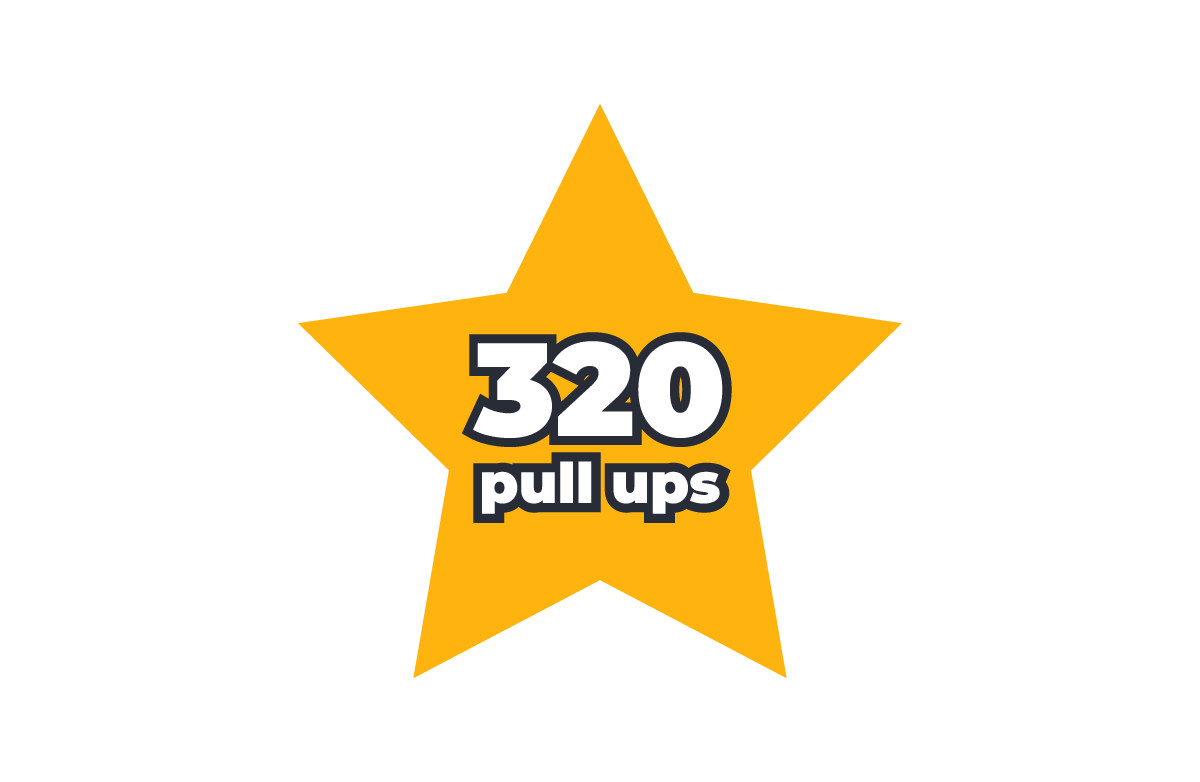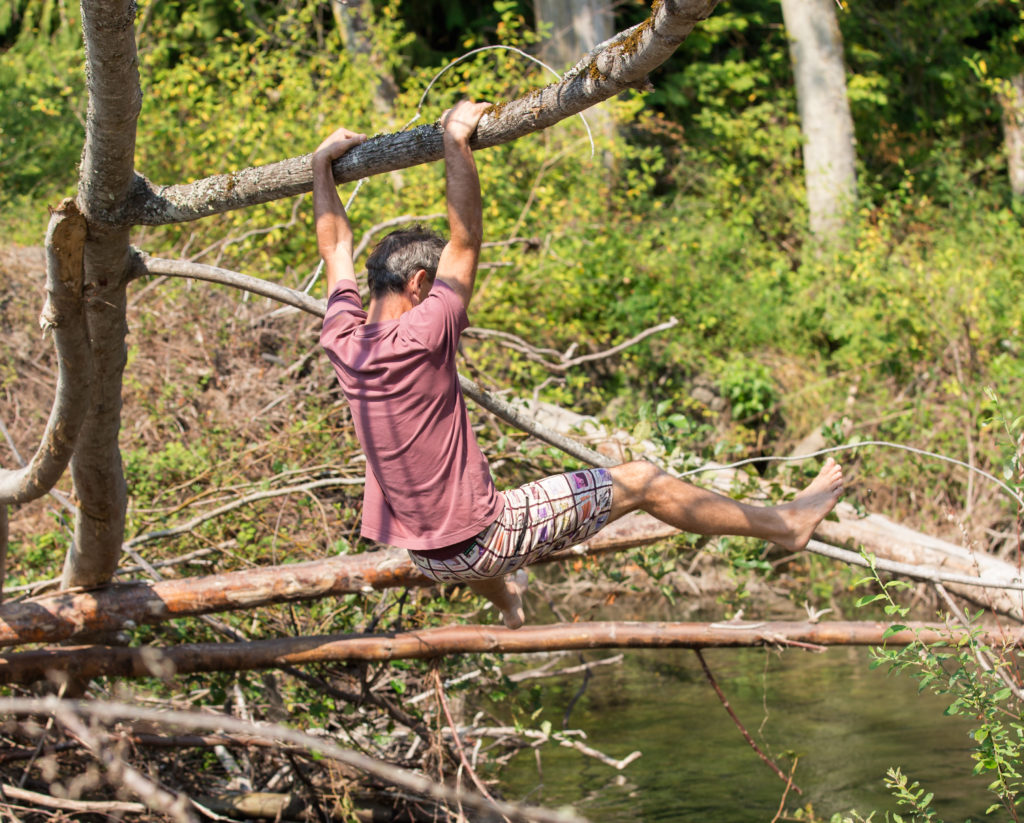I credit supinated hangs to helping fix the flexion issues I had in one shoulder for the last year or so. However, like others have said, hangs must be gently progressed by using the feet on the floor, etc. It seems like many people neglect proper overhead biomechanics and compensate to get into flexion somehow (usuallly by internally rotating the shoulder and flaring the elbows out to side). Over time this manifests as dysfunction and pain. Based on what I've read and been through, it seems like quite a few shoulder issues stem from bad biomechanics. Hangs, properly implemented, seem to create more space
in the subacromial space and thus help to relieve issues.
An often overlooked component of hanging is that sometimes you DO need to activate certain muscles. Most people are tight and thus benefit from passive hangs, but hyper mobile people need to engage their shoulders, particularly the external rotators. Also. . .
I would also add that if you're suffering from shoulder dysfunction, it's important to see how the position of one shoulder differs from the other in the hang, and do your best to make them match,
even if that means regressing a lot to accomodate a tighter side. Always accomodate the weaker/tighter side.
For instance, I had "full flexion" across sides, but my left side was acheiving this by internally rotating and elevating higher/harder with the upper trapezius. This was indicated most easily by how the inside pit of my left elbow was much more internally rotated compared to the right. I had horrible left-sided neck pain for about a year and had attributed it to having had shoulder surgery in the
right shoulder. I had assumed that I was unconsciously compensating with the left and thus "overworking it," if that makes sense. Turns out it was just poor biomechanics!
Doing gradually progessive supinated hangs and engaging the left shoulder into proper external rotation helped with this, but it took ~4 months give or take. It's still not 100%, but it's getting close.
I do them overhand on a bar, on rings, and one-handed on rings. The one-handed kind feel better to me on rings because on a bar, I have a tendency to rotate in ways I don't have good control over, and on the ring, the strap just twists but my shoulder stays in the same place. I'm currently working on a uneven rings as a sort of assisted one-arm chinup, and at the end of each set, I usually do a 5-second one-arm hang, and sometimes I make an off/easy day out of just doing one or two longer hangs - I think 15 seconds is my longest so far.
Hanging in a chinup grip for time feels weird to me so I don't do those often or for a long time.
-S-
I'm not a certified specialist, but based on my experience, I suspect that uneven rotation between sides has something to do with what I described in my above paragraph, i.e. one shoulder might be tighter in different places than the other. I've experienced it and seen it in former students too. Supinated hangs felt rough on my forearms/wrists at first, but by using assistance from my feet over time I can now do them comfortably in a hanging L, and my problem shoulder feels much much better.



